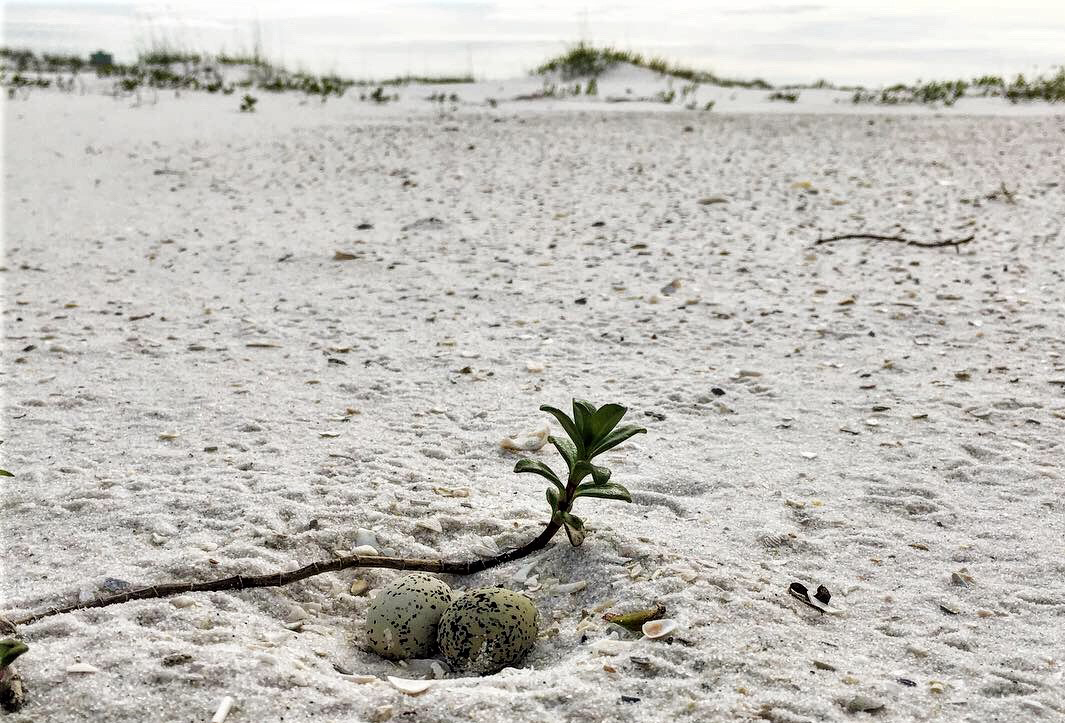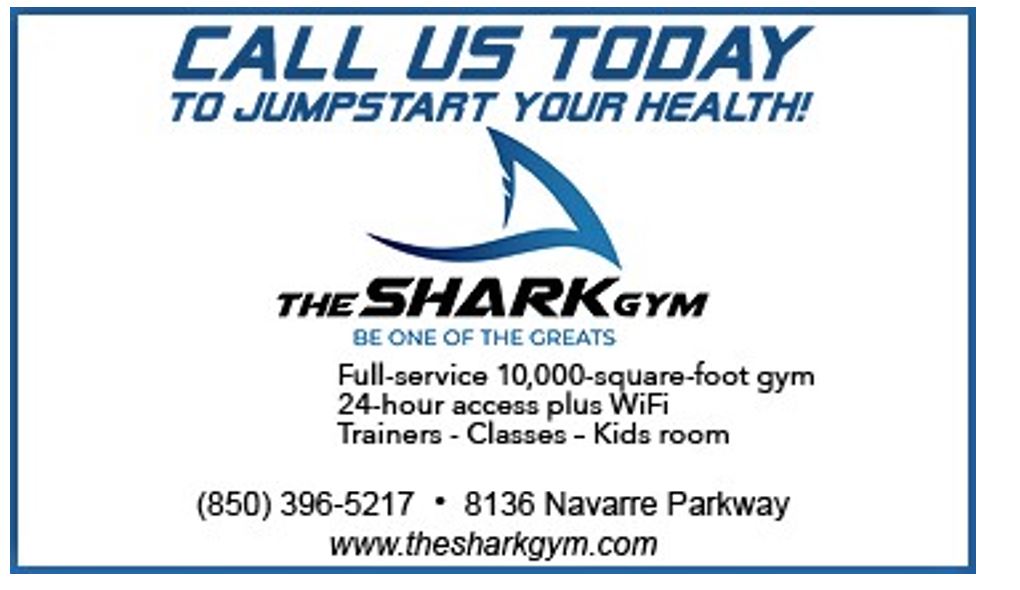
Snowy plover nest (photo by Emily Hunter courtesy Florida Fish & Wildlife Conservation Commission)
Late last week the national seashore discovered the first shorebird nest of the season. Nests and chicks are so well camouflaged that they can be accidentally impacted by unsuspecting beachgoers. When beach-nesting birds are forced to fly or run from their nests, their eggs and chicks are left vulnerable to the elements and to predators. While enjoying the park, visitors can help protect shorebirds by:
- Avoiding posted shorebird nesting and resting areas and use designated walkways and trails.
- Keeping pets on a leash and away from areas where birds may be nesting.
- Properly disposing of trash and not feeding wildlife to keep predators away.
- Food scraps attract predators such as raccoons and crows to the beaches.
- Litter can entangle birds and other wildlife.
- Observing posted speed limits and watching carefully for birds flying across or feeding along the roadway.
In order to decrease the number of road kills, posted speed limits along Hwy. 399 will be temporarily reduced to 25 mph in the next month. The reduced speed limit is just one element of the park’s efforts to reduce speeding including speed bumps and enhance enforcement along the roadway. By September, nesting is complete and normal use of the roads will resume.
Visitors and locals can show their support for shorebird chicks and help remind others to slow down to 25 mph by proudly displaying the Gulf Islands Chick Magnet. Beginning Wednesday, March 13, visitors may pick up their free chick magnet at the Fort Pickens & Perdido Key Entrance Stations, Fort Pickens Discovery Center, and park headquarters at Naval Live Oaks Area.
“With the help of our community and those who enjoy the national seashore every day, we can ensure these nesting shorebirds have the best opportunity to welcome and fledge their next generation,” said Superintendent Dan Brown. Park staff will monitor beaches for nesting activity and close areas as needed.
Closed areas represent a very small percentage of the seashore and park officials request that visitors divert activities to other areas. If visitors find themselves besieged by birds, it means that you are near an unmarked nesting area or young chicks. Please leave the area by back-tracking your steps – the eggs are very small, well camouflaged, and hard to see.





































